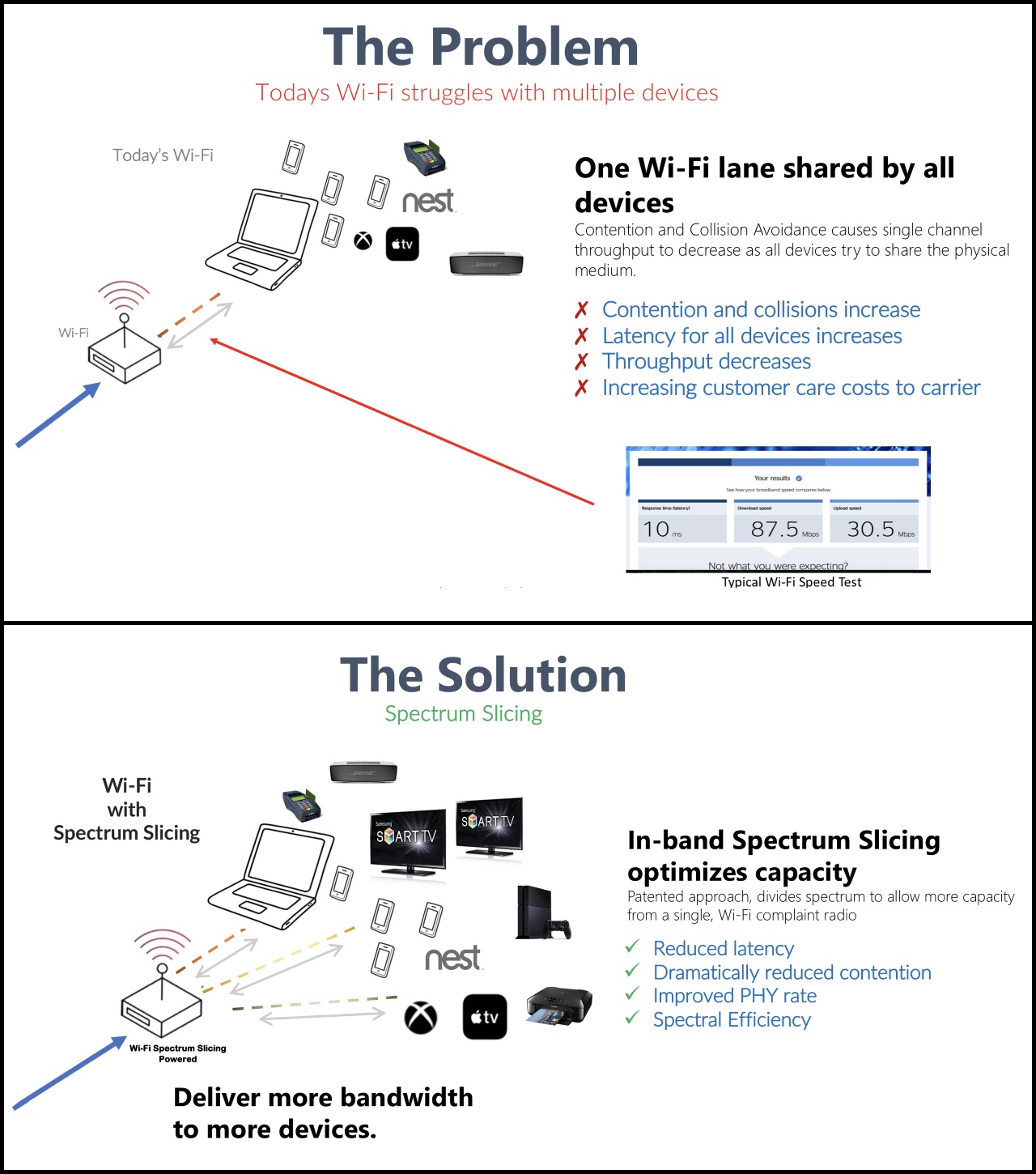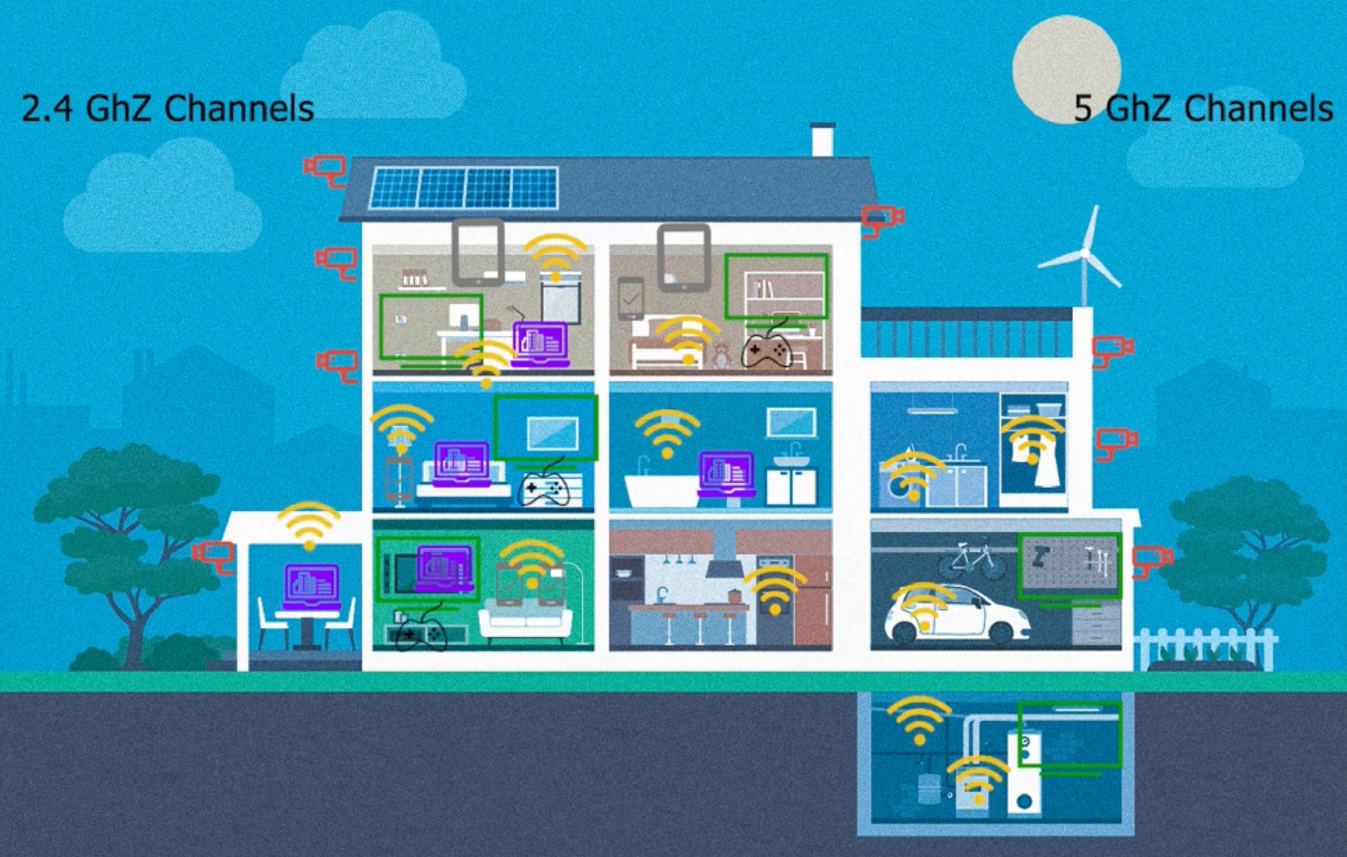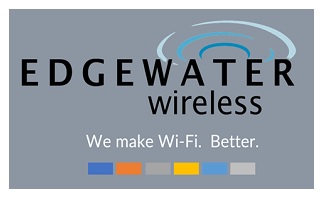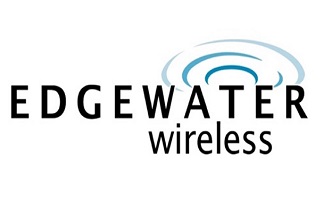In a recently completed Proof of Concept assessment, Liberty Global tested Edgewater’s products in a real-world installation as well as in its Wi-Fi test facility and concluded that Edgewater’s spectrum slicing technology showed performance gains and reduced latency, which could help address the growing demand for faster and more reliable Wi-Fi networks, especially in high-density environments.
Can Edgewater’s Technology Help Liberty Global’s Wi-Fi Growth
Liberty Global is a multinational telecommunications company based in London, UK. It is one of the largest cable and broadband service providers in the world, with operations in more than six countries in Europe. The company was founded in 2005 and has grown through a series of acquisitions, including buying UK’s Virgin Media in 2013. Liberty Global provides a range of services to its customers, including broadband internet, cable television, fixed-line telephony, and mobile services. As of December 2021, the company had over 30 million customers across its operations and joint ventures, including almost 12.8 million broadband and internet subscribers.
Edgewater is a fabless semiconductor company, based in Ottawa, Canada, that develops and commercializes wireless communications technologies for high-density wireless networks. Its spectrum slicing technology is compatible with existing and new Wi-Fi devices and is designed to improve Wi-Fi performance, reduce interference, and increase network capacity, making it ideal for use in public venues, such as airports, convention centers, and stadiums, as well as other high density commercial and residential applications. As a fabless semiconductor company, it focuses on designing and developing semiconductor chips and intellectual property (IP) but outsources the manufacturing of those chips to third-party foundries.
Edgewater’s Solution to Wi-Fi Challenges
The webinar began with Andrew Skafel giving an overview of Edgewater and its mission to provide innovative Wi-Fi solutions that address the growing demand for high-quality wireless connectivity. He then outlined the limitations of legacy Wi-Fi architectures when dealing with growing and varied user demands.
He notes that as more devices are added to a Wi-Fi network, the performance declines due to latency and disconnections, and this also leads to skyrocketing customer care costs for service providers. He also remarked that the legacy Wi-Fi chipsets have been based on the same architecture since the beginnings of Wi-Fi, which is a single-channel or single-link architecture.
Mr. Skafel explained how Edgewater’s patented spectrum slicing technology allows Wi-Fi access points to split their available radio spectrum into multiple physical channels to help overcome the Wi-Fi congestion problem. In addition, by configuring access to different channels based on bandwidth requirements, the spectrum slicing technology solution increases capacity, reliability, and throughput, while also adding flexibility to the network. It is worth noting that this technology is considerably different than ‘virtual’ channels or software which does not add physical capacity and therefore does not alleviate the Wi-Fi congestion issue.
As Wi-Fi continues to be a critical component of modern life, the demand for lower latency and greater capacity has increased. Spectrum slicing is seen as a solution to address these demands and to provide a better experience for users.
The basis of Liberty Global’s examination of Edgewater’s technology was to determine if it could help to solve this bottleneck problem and improve the performance of Wi-Fi in the face of a growing number of devices and reduce the customer care costs for Wi-Fi access providers — in the home.
 Liberty Global’s Growing Wi-Fi Challenges
Liberty Global’s Growing Wi-Fi Challenges
Richard Squire of Liberty Global then discussed the current state of Wi-Fi and the challenges faced by service providers in meeting the growing demand for wireless connectivity. He explained that Wi-Fi has become the primary means of connectivity for many people and that the demand for high-speed, reliable Wi-Fi is only going to increase in the future. He also discussed the importance of innovation in the Wi-Fi industry and the need for new solutions to meet the demands of the market.
Richard then discussed the constraints that impact the usability and capacity of Wi-Fi, which include spectrum use, interference from external and internal sources, and client capabilities. The number of connected devices and their usage impact interference and congestion on the channel, and as the number of devices increases, the underlying physical layer (“PHY”) access rate reduces, negatively impacting access.
Mr. Squire noted that with single-channel Wi-Fi, there is a limit to how much capacity can be added simply by adding more access points, and that other solutions will be needed to meet the growing demand for wireless connectivity.
Liberty Global’s Real-World Test
To benchmark the problem, Liberty Global collected and analyzed data from real field locations, a set of three-quarters of a million access points (homes), and six million devices. They found that there was a real drop in PHY access rate as the number of connected devices increases, which leads to a reduction in the real transmitted data per device.
Liberty Global believes that this is a real problem, and they evaluated Edgewater’s technology to help solve it by maximizing channel capacity, particularly as the number of connected devices grows.
Andrew Skafel responded about the challenges faced with in-home Wi-Fi performance, particularly with device density and contention for access to the single channel and link. The study data from Liberty Global showed performance declined with as few as 6 devices and a significant drop in performance was observed as more devices contended for access.
However, in the Proof of Concept, when Edgewater’s Spectrum Slicing was added to Liberty Global’s network, the results showed 75% of homes recorded a 3 to 10 times increase in PHY rates simply by reducing contention between clients, and 75% of homes registered a 5 to 21 times performance improvement.
A key takeaway from this real-world test was that there is currently a strong market fit for Edgewater’s patented Wi-Fi Spectrum Slicing technology as the majority of residential customers can see benefits today to help alleviate network congestion.
Liberty Global Wi-Fi Test Facility Confirms Wi-Fi Improvements
Then Liberty Global tested Edgewater’s ‘beta’ silicon solution, or chips, in a ‘Pilot’ test facility that simulates a home Wi-Fi environment. A test was done first without Edgewater’s spectrum slicing technology and then it was turned on to see the difference.
Two different scenarios were tested: one with 14 connected WiFi clients and one with 36 connected WiFi clients, which is closer to their normal base. Various traffic profiles were used across devices, and levels of interference were varied on the different bands.
Results again showed a clear improvement in aggregate throughput (67% increase) and a reduction in latency. When interference was added, there was up to a 120% increase in aggregate throughput and a significant drop in latency, in some scenarios, as much as 50%.
A key takeaway from Liberty’s ‘Pilot’ environment is that a mix of devices and interferences were used to mirror the real-world home environment and the test results clearly showed that households could benefit from the Edgewater Wi-Fi Spectrum Slicing solution. Also, Liberty’s facility is much different than other test environments which are typically conducted in a faraday chamber and do not reflect the interferences found in residential locations.
How Does Edgewater’s Spectrum Slicing Technology Help
Edgewater’s solution to this challenge was its spectrum slicing technology, which enables multiple concurrent channels from a single Wi-Fi standards-compliant radio. Spectrum slicing is a technology that allows a wireless frequency band to be divided into multiple channels or “slices”. By dividing the available spectrum into multiple slices, spectrum slicing can increase network capacity and this results in better performance than traditional wireless networking, providing a more reliable and efficient wireless experience.
Andrew Skafel explained how Edgewater’s patented signal processing techniques enable the creation of multiple, concurrent channels or ‘links’ within a single, Wi-Fi standards compliant radio, providing greater flexibility and control over network resources.
The technology does not require special software as it works at the Network layer (the PHY layer or Layer 1) of the 7-layer Open Systems Interconnection (“OSI”) model. Edgewater has been at the forefront of developing spectrum slicing solutions, with a focus on enhancing Wi-Fi networks for enterprise and industrial applications.
Additional Benefits of Edgewater’s Spectrum Slicing Technology
Richard Squire also noted the potential benefits of spectrum slicing for service providers, including increased network capacity, improved customer satisfaction, and reduced capital expenditures.
Within spectrum slicing, each channel or link can be optimized for the specific needs of its users, whether that is low latency for gaming or high throughput for video streaming. This allows businesses to tailor their Wi-Fi networks to meet specific requirements.
Mr. Skafel highlighted the compatibility of Edgewater’s spectrum slicing technology, eliminating the need for costly upgrades or replacements, and thereby delivering better performance to all of the existing Wi-Fi devices (estimated 20 billion) that are on the market today.
In addition, Edgewater’s spectrum slicing technology can be utilized regardless of the technology path that a service provider embarks on as it is complementary to Wi-Fi 6 and Wi-Fi 7, providing additional radio capacity, as well as unlocking the promise of the 6 GHz spectrum.
The Market Opportunity
According to a recent IDC report, the Worldwide Enterprise WLAN market grew 48% in the fourth quarter of 2022 and increased 31% year-over-year in 2022.
Edgewater generates revenue from licensing its intellectual property (“IP”) to third parties, manufacturing silicon computer processors or full circuit boards to be incorporated into other data communication devices, and selling its own data communication devices, under the brand name AERA™ (www.aera.io).
Edgewater sales efforts have focused on major Tier 1 service providers, such as Liberty Global, industry innovators such as the 63-member CableLabs, which includes members Comcast (Nasdaq: CMCSA) with 32.1 million broadband subscribers and Charter (Nasdaq: CHTR) with 30.4 million broadband subscribers), telecom communication companies (e.g AT&T (NYSE: T), British Telecom (LSE: BT.A), Telefonica (BME: TEF), and Verizon (NYSE: VZ)) and device manufacturers (e.g. Aruba, Cisco (Nasdaq: CSCO) CommScope (Nasdaq: COMM), and Netgear (Nasdaq: NTGR)).
An opportunity, such as Liberty Global, could represent 15 million units at $30-$50 per chipset over a three to five year implementation period.
Final Thoughts
Overall, the webinar provided useful insights into the future of Wi-Fi and the role that the spectrum slicing technology could play to help reduce Wi-Fi congestion problems and improve network performance, making it an attractive option for network operators and other organizations looking to enhance their Wi-Fi networks.
POC results from both the real-world and a test facility showed marked improvements with performance gains of 5-to-21 times.
Richard Squire emphasized how Liberty Global is committed to delivering a seamless and reliable Wi-Fi experience to its customers and how spectrum slicing could potentially help achieve this goal.
Andrew Skafel commented that Edgewater’s approach is focused on commercializing its patented and trade secret technology to drive revenue and improve shareholder value.
Edgewater and Liberty Global represent two companies that are at the forefront of the Wi-Fi industry. As the demand for reliable and high-performance wireless networks continues to grow, Edgewater’s spectrum slicing could emerge as a key technology for meeting these needs.

Notes: All numbers are in CAD unless otherwise stated. The author of this report, and employees, consultants, and family of eResearch may own stock positions in companies mentioned in this article and may have been paid by a company mentioned in the article or research report. eResearch offers no representations or warranties that any of the information contained in this article is accurate or complete. Articles on eresearch.com are provided for general informational purposes only and do not constitute financial, investment, tax, legal, or accounting advice nor does it constitute an offer or solicitation to buy or sell any securities referred to. Individual circumstances and current events are critical to sound investment planning; anyone wishing to act on this information should consult with a financial advisor. The article may contain “forward-looking statements” within the meaning of applicable securities legislation. Forward-looking statements are based on the opinions and assumptions of the Company’s management as of the date made. They are inherently susceptible to uncertainty and other factors that could cause actual events/results to differ materially from these forward-looking statements. Additional risks and uncertainties, including those that the Company does not know about now or that it currently deems immaterial, may also adversely affect the Company’s business or any investment therein. Any projections given are principally intended for use as objectives and are not intended, and should not be taken, as assurances that the projected results will be obtained by the Company. The assumptions used may not prove to be accurate and a potential decline in the Company’s financial condition or results of operations may negatively impact the value of its securities. Please read eResearch’s full disclaimer.



